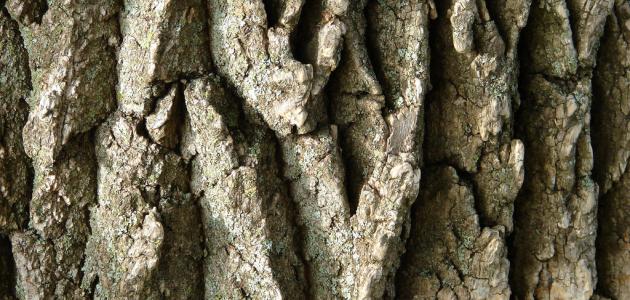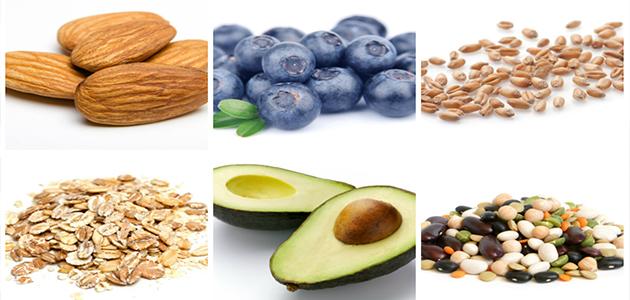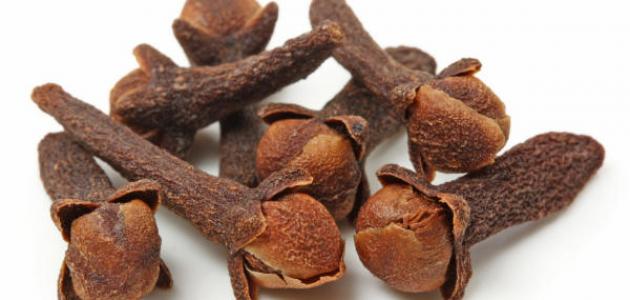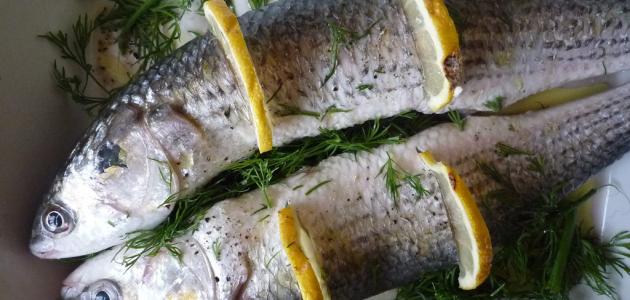Contents
Benefits of acorn fruits
In general, oak fruits are rich in essential nutrients, but the nutritional elements in oak fruits may differ depending on the type, and the oak fruits are low in calories , knowing that most of these calories come from the healthy fats found in oak fruits, [1] The following is a mention of the most important benefits that the acorn contains:
- Rich in fiber and carbohydrates: The fiber and carbohydrates useful bacteria useful in the intestine . [2]
- A source of many vitamins: The oak fruit is rich in many vitamins, including: Vitamin C and Vitamin A. [3]
- A good source of minerals: Oak fruits are a rich source of manganese and copper , along with iron, magnesium, phosphorous, calcium, potassium, and zinc, and these minerals help promote the formation of red blood cells, control the process of cholesterol and glucose metabolism, and improve brain functions And it is good for bone health. [2]
- A rich source of antioxidants: A review of several studies published in the Journal of Food Engineering in 2005 indicated that oak fruits contain antioxidant compounds, which are beneficial compounds for health that reduce the risk of many diseases and health problems [4]
- Suitable for those suffering from gluten sensitivity: as the fruits of acorns are considered gluten - free , and therefore they are suitable for patients with wheat allergy, or what is known as Celiac disease. [2]
How to use the acorn fruit
In general, the oak fruit is the only edible part of the oak tree, and research continues to find sweet oak fruits even in trees that yield bitter fruits, and oak starch can be used instead of corn starch, and oak fruits can also be used as a substitute for chickpeas. , Nuts, peanuts, and olives in many dishes. In addition, oak starch or oak chunks can be added to soups and stews. [3] As for crimson oak, it can be dried and ground for use as a thickening agent for stews, or mixed with grains to make bread. [5]
It should be noted that oak fruits contain compounds known as tannins, and these compounds are responsible for the bitter taste of the oak fruit, and these compounds are not safe for consumption in large quantities, so these compounds must be disposed of before eating the oak fruits, and it can be disposed of Including by following the following steps: [1]
- Choosing fully ripe oak fruits that have a brown color, with their peel attached to them, and avoiding green fruits Because it contains large amounts of tannin compounds.
- Wash the healthy oak fruits, get rid of the damaged ones, and then break the outer skin.
- Boil the oak fruits for five minutes, or until the water changes color to a dark brown, then filter the acorns and discard the water.
- Continue with the previous step until the water is clear, after which the acorns can be consumed safely.
After the previous steps, it is possible to roast the acorns in the oven for a period of 15-20 minutes, with the addition of honey and cinnamon. For a snack rich in nutrients. [1]
Damage to the acorn fruit
The degree of safety of the oak fruit
All oak fruits contain tannin compounds and it is not safe, but in general its consumption is considered safe when properly cooked to get rid of these compounds, as mentioned earlier. [1]
Precautions for using the acorn fruit
Despite the many benefits of the oak fruit, there are some things that must be wary of when consuming these fruits, and we mention the following:
- Eating raw acorns may be unsafe due to their tannin content. Which was mentioned earlier; As these compounds act as antinutrients, that is, they reduce the body's ability to absorb nutrients in foods, and these compounds are associated with a higher risk of many cancers, and consuming them significantly increases the risk of harm in Liver , and some people have reported experiencing some symptoms when consuming raw oak fruits; Such as nausea and constipation, but research has not proven this. [1]
- In general, and as previously mentioned; It is recommended to boil or soak the oak fruits in water to get rid of the tannin compounds, which give the oak a bitter taste, which makes the consumption of these fruits safe. [1]
- The consumption of oak fruits may worsen the condition of people who are allergic to nuts, so the doctor may advise that patients stay away from eating all kinds of nuts even if the person suffers from an allergy to only one type of them, and it is likely that eating acorns will cause those who suffer From the sensitivity towards the emergence of some symptoms, and we mention the following: [6]
- Cough.
- stomach pain.
- Nausea .
- Sneezing.
- Diarrhea .
- Itching, especially around the mouth and face.
- Swelling and watery eyes.
- Swollen lips
- Hoarseness of the pharynx.
- Vomiting
- difficulty breathing
- Urticaria fever .
- Difficulty swallowing.
- Unconsciousness.
Benefits of oak bark
Oak bark is taken specifically from strong oak (scientific name: Quercus robur), rock oak (scientific name: Quercus petraea), [7] in addition to white oak (scientific name: Quercus alba), which belongs to the family of oaks. The bark contains antagonists. Antioxidant, which protects against the damage that may happen to the cells of the body, caused by harmful compounds called free radicals. [8]
For more information about oak bark you can read our article What is oak bark .
Oak trees overview
The oak tree grows in hot climates, and has nearly 600 species around the world. [9] The Mediterranean region is the original home of the oak tree, and it is found in the regions extending between Portugal and Spain to Turkey, as well as parts of North Africa, from Including Libya and Morocco, it should be noted that the most prevalent type in the regions of the Mediterranean basin is the scarlet oak or the scarlet oak (scientific name: Quercus coccifera), which is an evergreen tree, with its branches, and it is one of the slow-growing species, usually growing on The form of shrubs ranging in length between 15-30 cm, and in rare cases, their length may reach more than 50 cm. [10] [11]
The leaves of the oak tree are distinguished by their brightness, and their oval to rectangular shape, and these trees have yellow flowers, while the fruit of the oak is covered by a thick-walled, rough-to-touch cup that covers half of the oak, and over time the gray bark surrounding the oak tree cracks. [11]
References
- ^ A b t w c h Makayla Meixner (17-4-2019), " Post Are Acorns Edible? Everything You To Know View Ticket Support Need" , Www.healthline.com , Retrieved 11-10-2020. Edited.
- ^ A b T , Leandro Oliveira , , Mariana Pereira (2018), " the Acorn: of a Devalued Food With Benefits : health" , International Food And Congress is Of Nutrition , 13. Edited by the Folder.
- ^ A b , David in Bainbridge, "Acorns color : as Food" , Www.academia.edu , Retrieved 12-10-2020. Edited.
- ↑ S Rakic, Dovrenovic, V Tesevic, And others (2006), “Oak acorn, polyphenols and antioxidant activity in functional food” , Journal of Food Engineering , Issue 3, Folder 47, Page 416-423. Edited.
- ↑ "Quercus coccifera - L." , www.pfaf.org , Retrieved 13-10-2020. Edited.
- ↑ Danielle Dresden (11-18-2019), “What to know about nut allergies” , www.medicalnewstoday.com , Retrieved 10/19-2020. Edited.
- ↑ "Herbal Medicine: Expanded Commission E" , www.cms.herbalgram.org , Retrieved 20-10-2020. Edited.
- ↑ Lizzie Streit (4-6-2020), "Oak Bark: Benefits, Dosage, Side Effects, and More" , www.healthline.com , Retrieved 20-10-2020. Edited.
- ↑ John Stein, Denise Binion (2003), Field Guide to Native Oak Species of Eastern North America , United state of America : Forest Health Technology Enterprise Team USDA Forest Service, Page 1. Edited.
- ↑ Talal Aburjai, Mohammad Hudaib, Rabab Tayyem, And others (4-2007), “Ethnopharmacological survey of medicinal herbs in Jordan, the Ajloun Heights Region” , Journal of Ethnopharmacology , Issue 2, Folder 110, Page 294-304. Edited.
- ^ A b "Coccifera of Quercus" , Www.missouribotanicalgarden.org , Retrieved 11-10-2020. Edited.
















